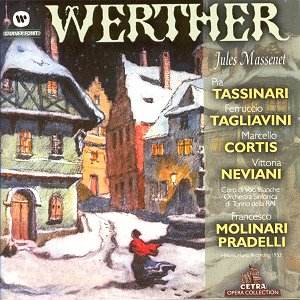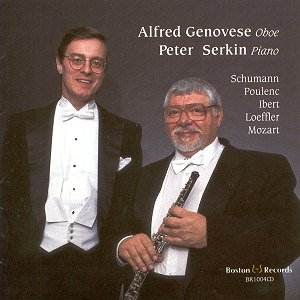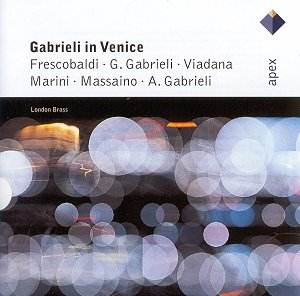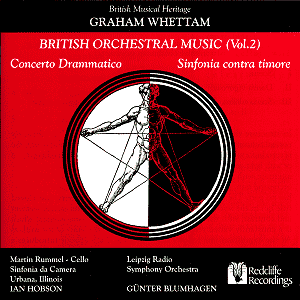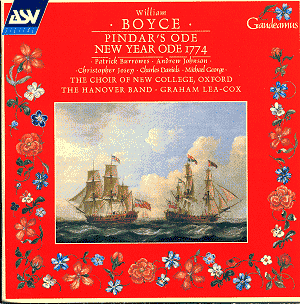 Composer: William Boyce
Composer: William Boyce
Works: Pindar’s Ode, New Year Ode (1774)
Performers: Patrick Burrowes (boy soprano), Andrew Johnson (boy soprano), Christopher Josey (high tenor), Charles Daniels (tenor), Michael George (bass-baritone), Choir of New College Oxford, Hanover Band
Recording: 2001
Label: ASV CD GAU 232
William Boyce, a quintessential figure of the English Baroque, occupies an intriguing position within the canon of 18th-century music. His odes, particularly the “Pindar’s Ode” and the “New Year Ode,” reveal a composer deeply engaged with the expressive potential of the text, as well as an adeptness at blending vocal and instrumental colors. This recording, featuring the Hanover Band under the direction of Graham Lea-Cox, offers a compelling exploration of Boyce’s occasional works, showcasing both the historical significance and the nuanced artistry inherent in these compositions.
The “Pindar’s Ode,” recorded here in its Dublin version, is notable for its rich palette of orchestral color, a testament to Boyce’s ability to enhance the dramatic narrative of Walter Harte’s translation of Pindar’s First Pythian Ode. Lea-Cox’s interpretative choices, particularly the inclusion of boy sopranos and a high tenor, aim to create an authentic soundscape reflective of the period’s vocal practices. While this approach introduces a vibrant array of timbres, it also presents challenges. The boy sopranos, namely Burrowes and Johnson, exhibit occasional intonation issues and strain in their upper registers, detracting slightly from the overall cohesion of the vocal ensemble. However, the orchestra remains a stalwart presence, offering a sensitive and dynamic underpinning, particularly evident in the strings’ engaging interplay during Charles Daniels’ arioso “In Fires of Hell.”
The contributions of soloists are pivotal in shaping the disc’s character. Daniels and Michael George, the bass-baritone, deliver performances that resonate with emotional depth and technical assurance. George’s interpretation of “The Pious Marriner” stands out, embodying the reflective poignancy characteristic of Boyce’s writing, while also demonstrating a masterful command of lyrical phrasing. The choir of New College Oxford is commendable, executing the final chorus with clarity and vigor, evoking the celebratory spirit of Boyce’s ceremonial style. The “New Year Ode,” composed later in Boyce’s career, is marked by its conciseness and dramatic unity. The two-movement overture reveals a contemporary “Symphony Style” that deftly transitions into arias that showcase the singers’ abilities, particularly in the standout “Say, why do millions bleed at thy command,” sung with a soft yet firm tone by Josey.
The recording quality is commendable, capturing the bright textures of the instrumental forces and the distinct nuances of the vocal lines. The engineering allows for a clear delineation of each part, although some moments reveal a slight imbalance, particularly when the upper voices are in full flight against the orchestra. This is particularly noticeable in the more intricate passages where the interplay between voice and instruments becomes a bit muddled.
This recording of Boyce’s odes, while not as consistently illuminating as the Hanover Band’s previous offering of “David’s Lamentation over Saul and Jonathan,” nevertheless reinforces Boyce’s stature in the realm of 18th-century music. The performances encapsulate the composer’s melodic gifts and his adeptness at word-setting, even if the vocal choices prompt a mixed reception. The disc is an essential addition for those interested in the evolution of English choral music and the nuanced interplay of vocal and instrumental traditions in the Baroque idiom. Boyce’s contributions, as illuminated through this recording, undeniably warrant greater recognition in the wider landscape of classical music.
